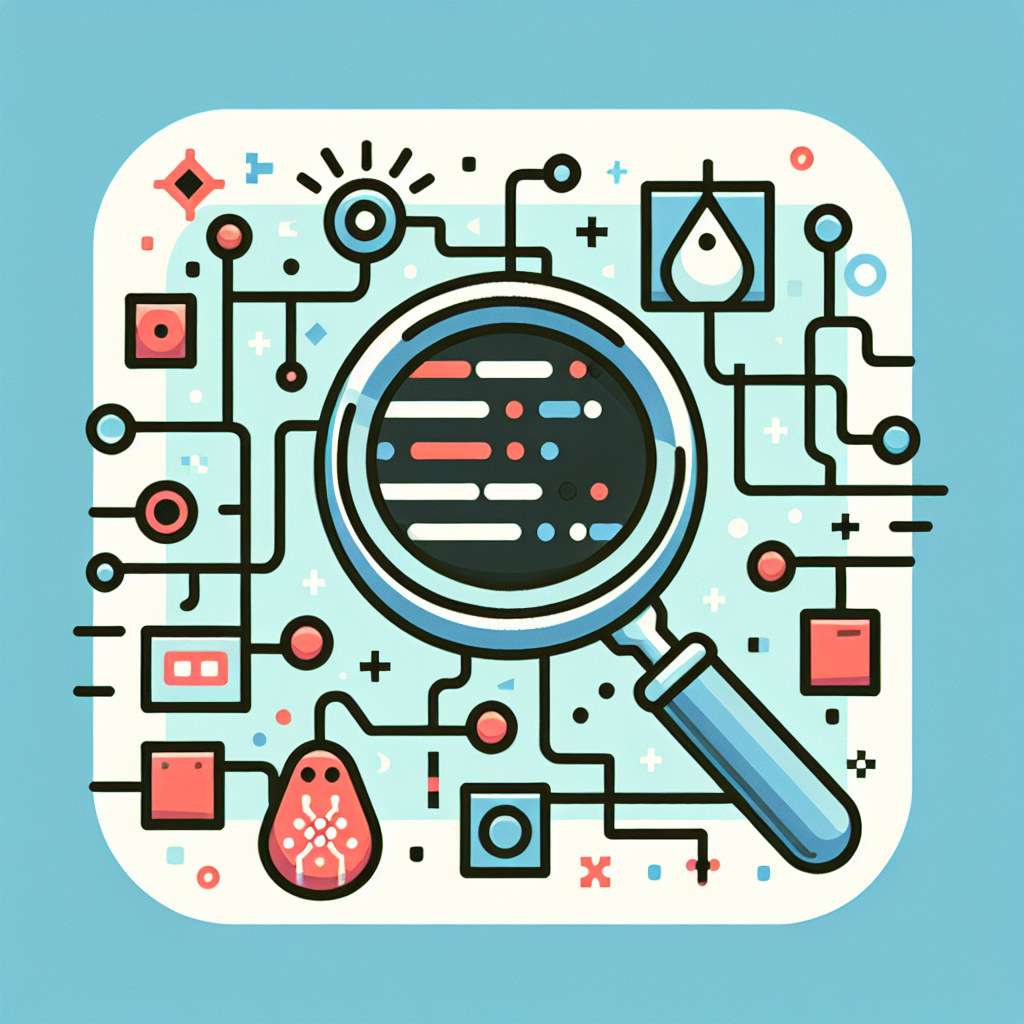Effortless LabVIEW Code Generator: Boost Productivity Now
Unlock efficiency with our LabVIEW Code Generator! Seamlessly automate code creation, boost productivity, and streamline your projects. Try it now for free!
Describe Your Code
Generated Code
Output will appear here...
The LabVIEW Code Generator streamlines your development process by automatically converting design models into efficient LabVIEW code, enhancing productivity and reducing errors. Ideal for engineers and developers, this tool accelerates prototyping, testing, and deployment in industries ranging from automation to data acquisition. Optimize your workflow with seamless integration and intuitive code generation capabilities.

LabVIEW Code Generator: Streamlining Your Development Process Link to this section #
The LabVIEW Code Generator is an innovative tool designed to enhance the efficiency of your development process by automatically generating LabVIEW code. Ideal for engineers and developers, this tool simplifies the creation of complex systems, ensuring both accuracy and speed.
Key Features Link to this section #
- Automated Code Generation: Converts high-level design specifications into LabVIEW code, minimizing manual coding tasks.
- Integration with Existing Projects: Seamlessly integrates with your current LabVIEW projects, allowing for easy updates and modifications.
- Customizable Templates: Offers a library of customizable templates to fit a wide range of applications, from data acquisition to control systems.
Benefits Link to this section #
- Increased Productivity: By reducing the time spent on manual coding, the LabVIEW Code Generator allows you to focus on system design and testing.
- Consistency and Reliability: Ensures consistent code quality, reducing the risk of human error and enhancing system reliability.
- Scalability: Facilitates the easy scaling of projects by generating code that is modular and adaptable.
Example Code Snippet Link to this section #
// Example of generated LabVIEW code for a simple data acquisition task
DAQmxCreateTask("", &taskHandle);
DAQmxCreateAIVoltageChan(taskHandle, "Dev1/ai0", "", DAQmx_Val_Cfg_Default, -10.0, 10.0, DAQmx_Val_Volts, NULL);
DAQmxStartTask(taskHandle);
DAQmxReadAnalogF64(taskHandle, 1000, 10.0, DAQmx_Val_GroupByChannel, data, 1000, &read, NULL);
Use Cases Link to this section #
- Data Acquisition Systems: Streamline the creation of systems that require fast and accurate data collection.
- Control Systems: Develop robust control systems with minimal effort, leveraging the tool's ability to produce consistent and high-quality code.
- Signal Processing: Automate the generation of code for complex signal processing tasks, enhancing accuracy and efficiency.
For further reading, explore resources such as National Instruments and LabVIEW forums, which provide extensive information on LabVIEW applications and tools.
Frequently Asked Questions
What is a LabVIEW code generator?
A LabVIEW code generator is a tool or feature that automatically creates LabVIEW code based on user inputs or predefined templates. It simplifies the development process by reducing the need for manual coding, allowing users to focus on higher-level design and system integration.
How does a LabVIEW code generator benefit engineers and developers?
LabVIEW code generators benefit engineers and developers by saving time, minimizing the chance of human error, and ensuring consistency in code structure. It allows for rapid prototyping and iteration, which can significantly speed up the development cycle and improve productivity.
Can LabVIEW code generators be customized to fit specific project needs?
Yes, many LabVIEW code generators are customizable. Users can often define templates and parameters to tailor the generated code to specific project requirements. This flexibility allows for the creation of code that adheres to specific standards or integrates with unique system architectures.